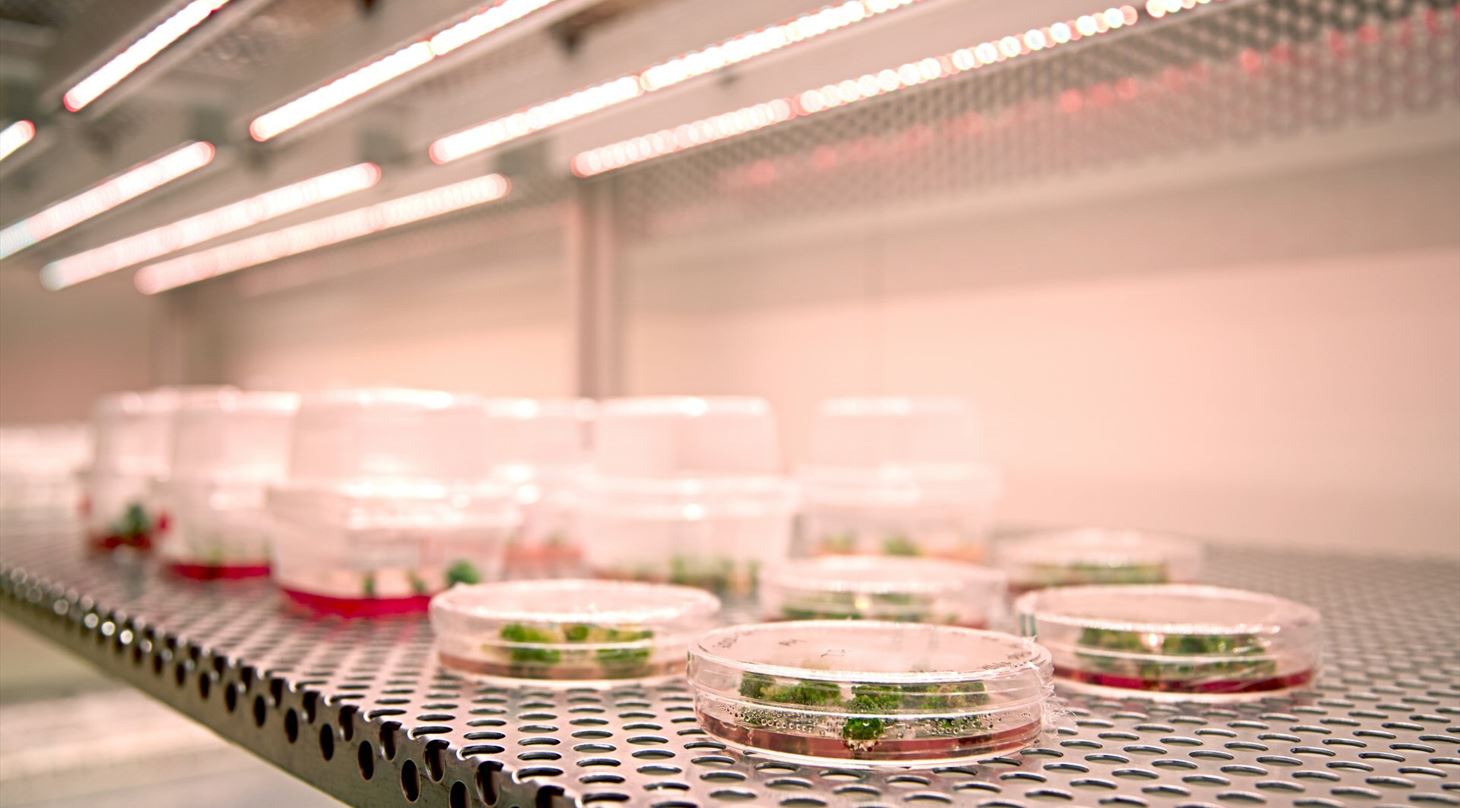
Mutation breeding
In plant breeding, there is a risk that some cultivars will show less seed sets or even no seed production at all. When this happens, we need to consider other possibilities of how to create new varieties. One option could be the application of mutation breeding. With the use of mutation breeding new and exciting possibilities for new variations in your breeding program become accessible. It is possible to create unique flower colours and new flower formation, compact plants, new and exciting leaf shapes and colours. Gamma irradiation induces mutations in the plant genome which results in new phenotypes. Inducing mutation is short cuts breeding period for new varieties, because you don’t need to wait for spontaneous mutations.
During the mutation, breeding plants are exposed to a defined dose of gamma irradiation, which creates e.g. new flower colours and shapes. Gamma irradiation are high energy short waves, and it is this energy which induces changes in the plant DNA. Irradiation is only active during the treatment and is not harmful for people or the environment after treatment.
The use of gamma irradiation can substitute the application of chemicals and thereby reduce the risk of work accidents.
Danish Technological Institute has expertise in creating dose-response curves to find the optimal dose of irradiation for your plants, as well being able to perform the irradiation treatment and select relevant phenotypes for you afterwards.
How can Danish Technological Institute help you?
- Overview of newest knowledge about your plants and gamma irradiation
- Creating of dose-response curves to find optimal dose for the desired mutations in your plants
- Irradiation of different plant organs
- Irradiation of big and small numbers of plants
- Selection of relevant phenotypes for your breeding program